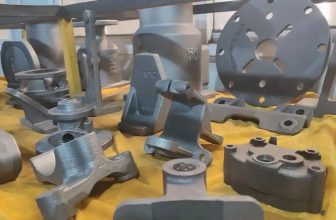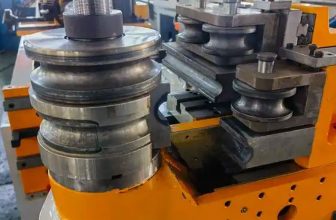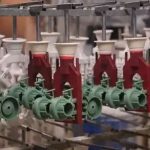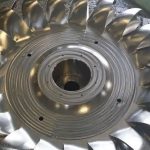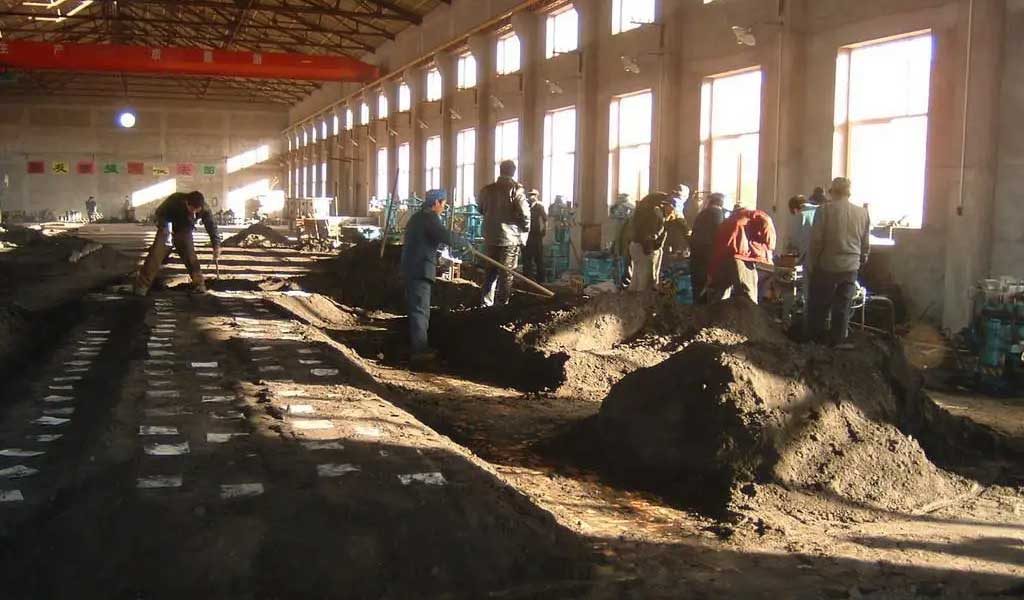
Sand Casting
The basic raw materials for making sand molds are foundry sand and molding sand binder. The commonly used foundry sand is siliceous sand. When the high temperature performance of silica sand cannot meet the requirements of use, special sands such as zircon sand, chromite sand and corundum sand are used. The widely used molding sand binder is clay, and various dry or semi-dry oils, water-soluble silicates or phosphates, and various synthetic resins can also be used as molding sand binders.
The outer sand mold used in sand casting is divided into three types: clay wet sand mold, clay dry sand mold and chemical hardened sand mold according to the binder used in the molding sand and the way of building its strength.
- Advantage:Clay is rich in resources and cheap. Most of the used clay green sand can be recycled and reused after proper sand treatment; the casting cycle is short and the work efficiency is high; the mixed molding sand can be used for a long time; the adaptability is very wide. Small pieces, large pieces, simple pieces, complex pieces, single pieces and large batches can be used;
- Disadvantages and limitations:Because each sand casting mold can only be poured once, and the casting mold is damaged and reshaped after the casting is obtained, the production efficiency of sand casting is low; the rigidity of the casting mold is not high, and the dimensional accuracy of the casting is poor; the casting is prone to punching Defects such as sand, sand inclusion, pores, etc.
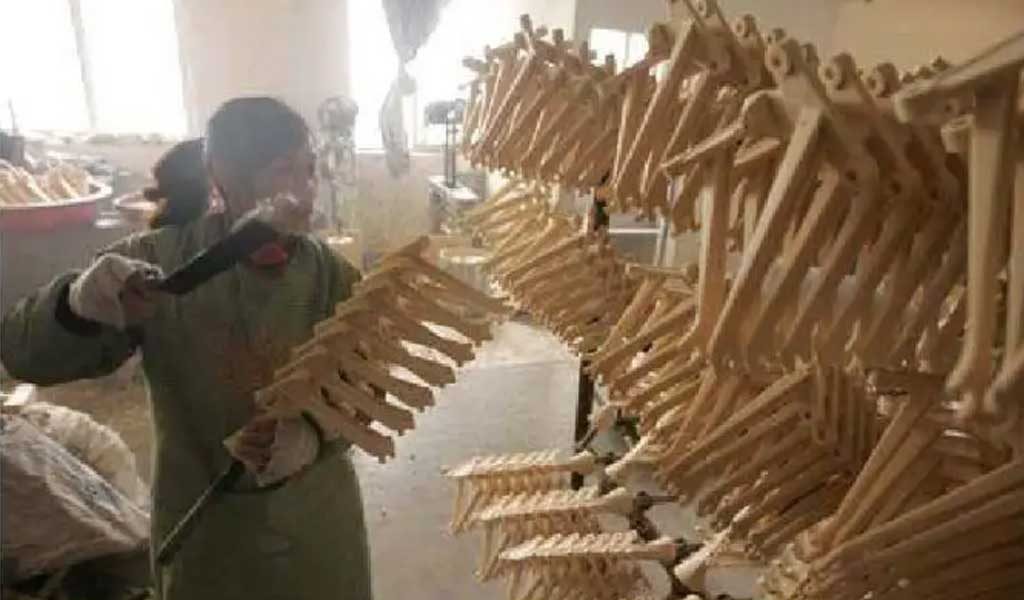
Investment Casting
When using wax to make patterns, investment casting is also called “lost wax casting”. Investment casting usually refers to making a pattern in a fusible material, coating the surface of the pattern with several layers of refractory material to make a mold shell, and then melting the pattern out of the mold shell to obtain a mold without parting surface. A casting solution that can be filled with sand. Because patterns are widely made of waxy materials, investment casting is often referred to as “lost wax casting“.
The types of alloys that can be produced by investment casting are carbon steel, alloy steel, heat-resistant alloy, stainless steel, precision alloy, permanent magnet alloy, bearing alloy, copper alloy, aluminum alloy, titanium alloy and ductile iron.
- Advantage:Dimensional accuracy is high. Generally up to CT4-6 (sand casting is CT10~13, die casting is CT5~7); it can improve the utilization rate of metal materials. Investment casting can significantly reduce the processing volume of the forming surface and mating surface of the product, save the consumption of processing table and cutting tool materials; it can maximize the similarity between the blank and the part, which brings great convenience to the structural design of the part . Casting castings with complex shapes Investment casting can cast castings with very complex shapes, as well as castings with a wall thickness of 0.5mm and a weight as small as 1g, and can also cast combined and integral castings; it is not limited by alloy materials. The investment casting method can cast carbon steel, alloy steel, ductile iron, copper alloy and aluminum alloy castings, as well as castings of high temperature alloys, magnesium alloys, titanium alloys and precious metals. For alloy materials that are difficult to forge, weld and cut, it is especially suitable for precision casting; investment casting with high production flexibility and adaptability is suitable for mass production, small batch production or even single-piece production.
- Disadvantages and limitations:The casting size should not be too large, and the process is complicated and the cooling speed of the casting is slow. Among all the blank forming methods, investment casting has a complex process and high casting cost, but if the product is selected properly, the parts are designed reasonably, and the high casting cost is compensated by reducing cutting processing, assembly and saving metal materials, etc. Investment casting has good economics.
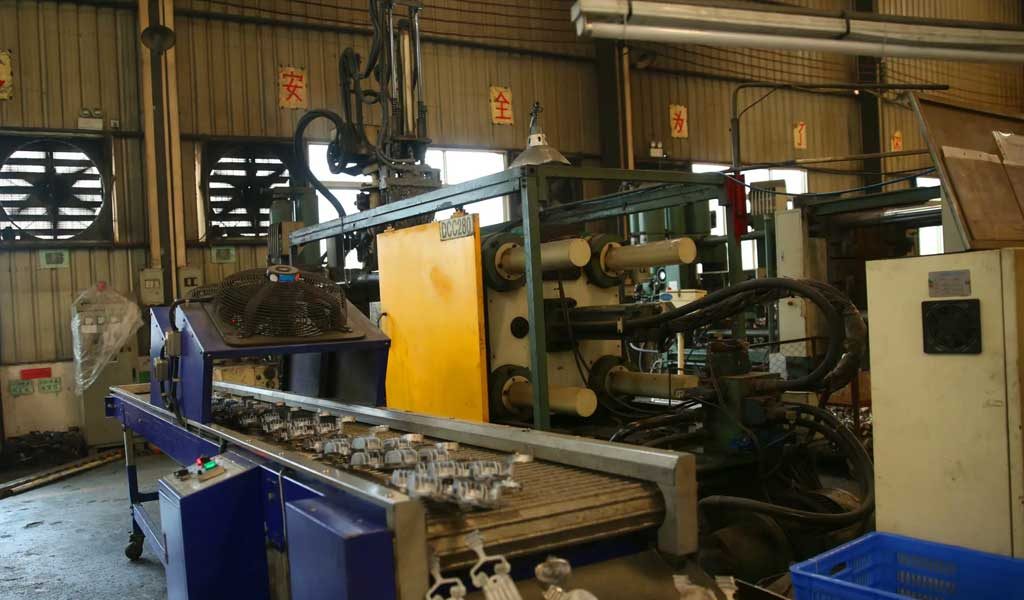
Die Casting
The principle of die casting process is to use high pressure to press the molten metal into the cavity of the precision metal mold at a high speed, and the molten metal cools and solidifies under the action of pressure to form a casting. Cold and hot chamber die casting are two basic ways of die casting process. In cold chamber die casting, the molten metal is poured into the pressure chamber by manual or automatic pouring devices, and then the injection punch advances to hydraulically press the metal into the cavity.
In the hot-chamber die-casting process, the pressure chamber is perpendicular to the crucible, and the molten metal automatically flows into the pressure chamber through the feed port on the pressure chamber. The injection punch moves downward, pushing the molten metal through the gooseneck into the cavity. After the molten metal solidifies, the die-casting mold is opened, the casting is taken out, and a die-casting cycle is completed.
- Advantage:The product is of good quality. The dimensional accuracy of castings is high, generally equivalent to 6~7, or even up to 4; the surface finish is good, generally equivalent to 5~8; the strength and hardness are high, and the strength is generally 25~30% higher than that of sand casting, but the elongation is reduced by about 70%; dimensionally stable and good interchangeability; it can die-cast thin-walled and complex castings; high production efficiency, for example, domestic JIII3 horizontal cold-air die-casting machine can die-cast 600-700 times in eight hours on average, and small hot chamber die-casting It can be die-casting 3000~7000 times in eight hours; the die-casting mold has a long service life, and the die-casting mold and die-casting bell alloy have a lifespan of hundreds of thousands or even millions of times; it is easy to realize mechanization and automation; it is economical. Due to the size of the die-casting parts, the table is flooded and clean. Generally, it is used directly without mechanical processing, or the processing volume is very small, so it not only improves the metal utilization rate, but also reduces a lot of processing equipment and man-hours; the price of castings is easy; combined die-casting can be used to make other metal or non-metallic materials. . Saves both assembly man-hours and metal.
- Disadvantages and limitations:During die-casting, due to the high speed of liquid metal filling the cavity and the unstable flow state, the general die-casting method is used, and the castings are prone to generate pores and cannot be heat treated; for castings with complex concave, die-casting is more difficult; Metal), the life of the die-casting mold is low; it is not suitable for small batch production.
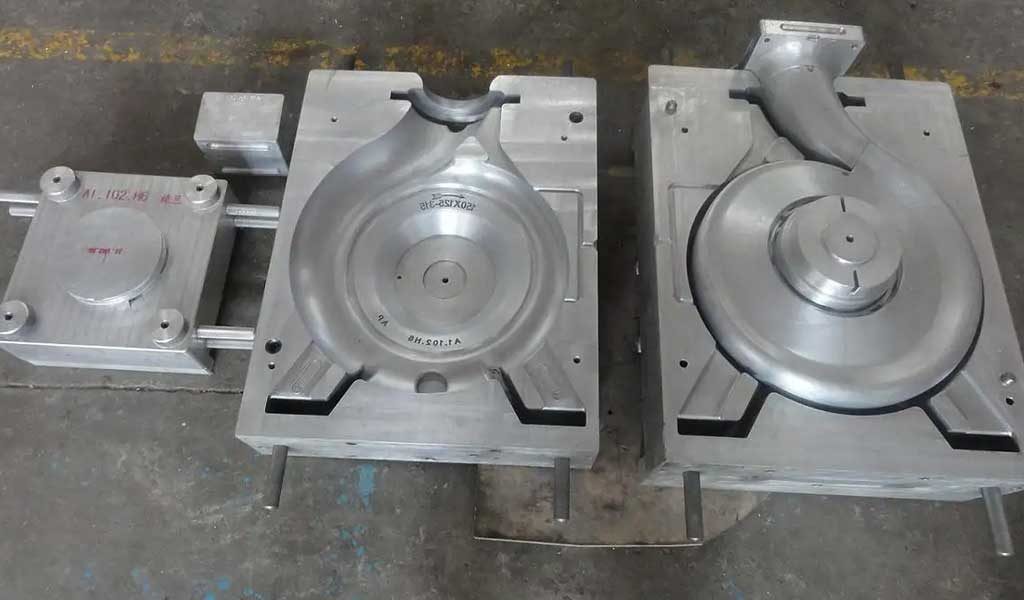
Metal Mold Casting
Also known as hard mold casting, it is a casting method in which liquid metal is poured into a metal mold to obtain castings. The mold is made of metal and can be used many times (hundreds to thousands of times), also known as mold casting. Generally, metal molds are made of cast iron and cast steel. The inner cavity of the casting can be used with either a metal core or a sand core. There are many types of metal structures, such as horizontal typing, heavy and vertical typing and composite typing.
Among them, vertical parting is easy to open inner gate and take out castings; horizontal parting is mostly used to produce thin-walled wheel-shaped castings; It is a fixed horizontal base plate and is mainly used in the casting of more complex castings.
- Advantage:Good reusability, can be “multi-cast”, saving modeling materials and man-hours. Due to the strong cooling ability of the metal mold to the casting, the structure of the casting is dense and the mechanical properties are high. The dimensional accuracy of the casting is high, and the tolerance is IT12~IT14; the surface roughness is low, and the Ra is 6.3m. Metal mold casting does not use sand or uses less sand, which improves working conditions.
- Disadvantages and limitations:The high manufacturing cost, long cycle and strict process requirements of metal molds are not suitable for the production of single-piece small batch castings, but are mainly suitable for mass production of non-ferrous alloy castings, such as aluminum pistons for aircraft, automobiles, internal combustion engines, motorcycles, etc. , Cylinder block, cylinder head, oil pump housing and copper alloy bearing bushes, bushings, etc. For ferrous alloy castings, it is limited to medium and small castings with simpler shapes.

Low Pressure Casting
Low pressure casting refers to a method in which liquid metal fills the mold under a relatively low pressure (0.02-0.06MPa) and crystallizes under pressure to form a casting. Pour the smelted molten metal into the heat preservation crucible, install the sealing cover, and connect the molten metal with the casting mold by the liquid lifting conduit, lock the casting mold, and slowly introduce dry compressed air into the crucible furnace, and the molten metal is subjected to gas pressure
It fills the cavity from bottom to top along the riser and the gating system, and crystallizes under pressure. After the casting is formed, the pressure in the crucible is removed, and the metal liquid in the riser falls back to the metal liquid level in the crucible;Open the mold and take out the casting.
- Advantage:The rising speed and crystallization pressure of the molten metal can be adjusted during pouring, so it can be used in various casting molds (such as metal molds, sand molds, etc.), casting various alloys and castings of various sizes; The liquid filling is stable, and there is no splash phenomenon, which can avoid gas involvement and scouring of the mold wall and core, and fewer defects such as pores and slag inclusions in the casting, which improves the qualification rate of the casting; the casting crystallizes under pressure, and the structure of the casting is dense. , Clear outline, smooth surface, high mechanical properties, especially beneficial for the casting of large and thin-walled parts; omitting the feeding riser, the metal utilization rate is increased to 90% to 98%; low labor intensity, good labor conditions, and simple equipment , easy to realize mechanization and automation.
- Disadvantages and limitations:The life of the riser pipe is short, and the molten metal is easily oxidized and slag inclusions are generated during the heat preservation process. It is mainly used to cast aluminum alloy and magnesium alloy castings with high quality requirements, such as cylinder blocks, cylinder heads, crankcases and aluminum pistons of high-speed internal combustion engines and other thin-walled parts.

Centrifugal Casting
Centrifugal casting is a casting method in which molten metal is poured into a rotating mold, and the mold is filled and solidified under the action of centrifugal force. According to the position of the mold rotation axis in space, common centrifugal casting can be divided into two types: horizontal centrifugal casting: centrifugal casting when the rotation axis of the mold is in a horizontal state or when the angle between the mold and the horizontal line is small (<4°). Vertical centrifugal casting: centrifugal casting when the rotation axis of the mold is in a vertical state is called vertical centrifugal casting.
Centrifugal casting in which the rotation axis of the mold has a large angle between the horizontal and vertical lines is called inclined axis centrifugal casting, but it is rarely used.
- Advantage:When centrifugal casting is used to produce hollow rotating body castings, the core, gating system and riser can be omitted; due to the centrifugal force generated by the liquid metal during rotation, the metal with high density is pushed to the outer wall, while the gas with low density, The slag moves to the free surface to form directional solidification from the outside to the inside, so the feeding conditions are good, the structure of the casting is dense, and the mechanical properties are good; it is easy to cast “bimetal” bushings and bushes, such as casting a thin layer of copper in the steel sleeve. Bushing can save expensive copper material; good filling ability; eliminate and reduce the consumption of gating system and riser.
- Disadvantages and limitations:The free surface in the casting is rough, the size error is large, and the quality is poor; it is not suitable for alloys with large density segregation (such as lead bronze) and alloys such as aluminum and magnesium.




